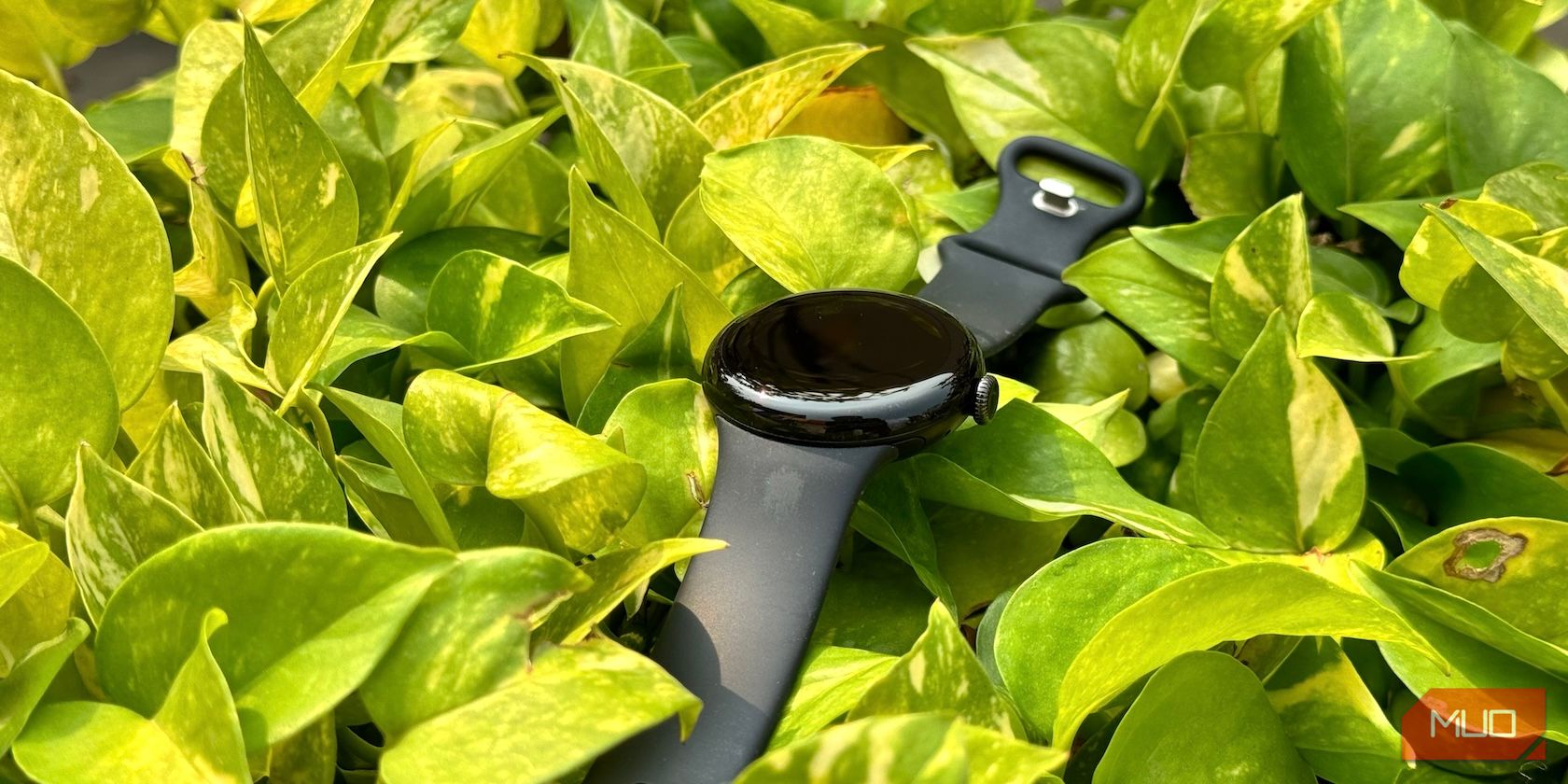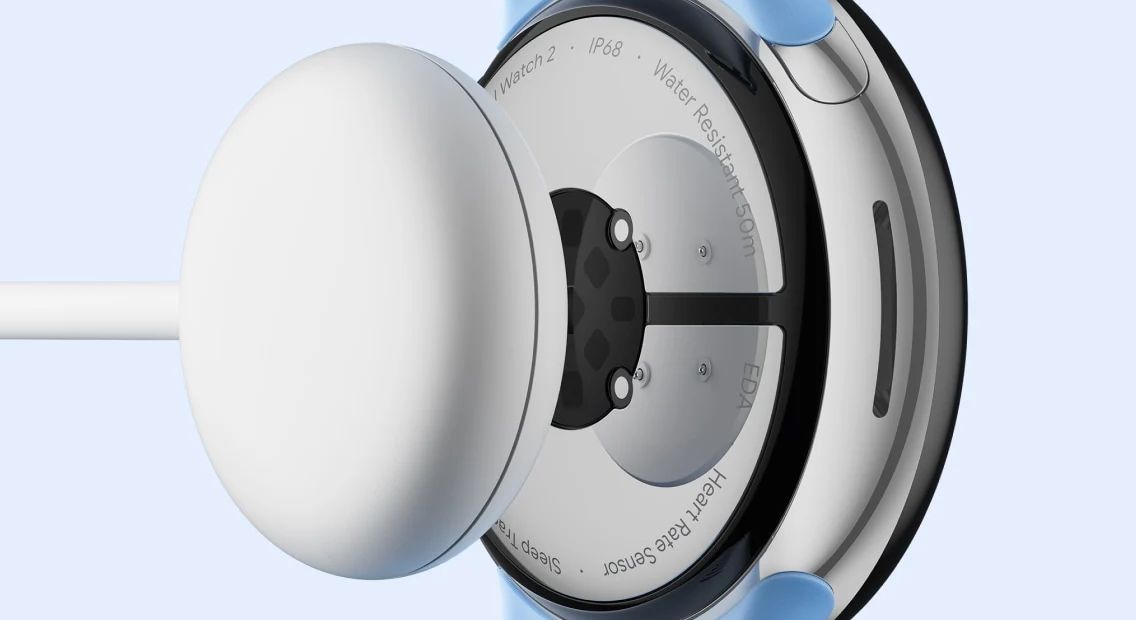4 Reasons to Upgrade to the Pixel Watch 2 (and 3 Reasons to Wait)
Key Takeaways
- The Pixel Watch 2 sets itself apart with Fitbit integration, a stock Wear OS 4 experience, and advanced emergency features like Safety Signal.
- Unlike its competition, the Pixel Watch 2 lacks wireless charging and bigger size options. You can’t repair it or get the battery replaced if you need to.
Wondering how the Google Pixel Watch 2 stands out from other Android smartwatches on the market? While not perfect, this generation of Google’s wearable gets a lot of things right. Let’s look at the pros and cons of buying a Pixel Watch 2.
Why You Should Upgrade to the Pixel Watch 2
There’s a lot to like about the Pixel Watch 2, with its Fitbit integration and pure Wear OS 4 experience helping it deliver an experience you won’t find on any other Wear OS watch.
1. Fitbit Integration
There are plenty of Wear OS watches on the market. But apart from the Pixel Watch 2 (and its predecessor), you won’t find any other smartwatch with Fitbit integration. This helps Google’s wearable to differentiate itself from the competition.
The Fitbit app does a much better job of analyzing the collected data to highlight key health metrics. Coupled with the Pixel Watch 2’s improved health sensors, it can capture a lot more accurate data for better analysis. Google claims its newest smartwatch is up to 40% more accurate in tracking your heart rate and other key health metrics during rigorous activities like HIIT.
You can also subscribe to Fitbit Premium for additional health insights, including access to guided workouts and conditioning, wellness reports with monthly trends, a detailed breakdown of your sleep score, and more. If the Pixel Watch is your first Fitbit device, you can enjoy the premium subscription free for six months to start.
Thanks to the Fitbit integration, the Pixel Watch 2 is a great alternative to Fitbit wearables. If you don’t like the Fitbit experience, you can use the best AI fitness apps to push your limits and improve your fitness level.
2. Pure Wear OS 4 Experience
You can find plenty of Wear OS watches on the market, but none of them will offer the same experience as the Pixel Watch or Pixel Watch 2. Like Pixel phones, you get a pure, unskinned OS on Google’s smartwatches. Due to this, the animations on the watch feel much smoother, and you don’t run into any weird bugs or issues.
Samsung’s Galaxy Watch lineup might pack more features, thanks to One UI Watch, but it can’t beat the overall experience offered by the stock Wear OS 4.
Another advantage of the Pixel Watch running stock Wear OS 4 is monthly security patches. Like Pixel phones, it gets an update every month to fix any security exploits or vulnerabilities.
3. Heart Rate Zones While Working Out
The best Wear OS watches can track your heart rate while working out. However, the data is only good if it’s analyzed properly or shown at the correct time. On the Pixel Watch 2, you get an alert whenever your heart rate zone changes during a HIIT workout.
Wondering why this is important? If you’re serious about your fitness goals, you may want to target a particular heart rate intensity based on your workout.
A low-intensity zone works when you want to burn calories without stressing your body. The moderate zone is a good middle ground for most people, whereas the aerobic zone—preferable for athletes—helps you burn calories quickly. In the peak zone, your heart beats at nearly its maximum capacity. Each zone is based on a percentage of your maximum heart rate, so the data is personalized based on your body and age.
Similarly, if you’re training for a marathon, the Pixel Watch 2 will notify you if you are falling behind your pace goals. As someone who regularly trains for 10K timed runs, this helps me stay motivated.
4. Safety Signal
The Pixel Watch 2 comes with several safety features like Emergency SOS, fall detection, Safety Check, and more. What stands out among them is Safety Signal. Available exclusively on the LTE variant of the Pixel Watch 2, it allows the smartwatch to connect to emergency services even when there’s no active data plan.
You must be a Fitbit Premium subscriber to use Safety Signal, and it’s only available in select countries. Still, the feature can be extremely useful in emergencies, especially when you’re stuck in an area with little to no cellular coverage. This is also a safety feature you won’t find on any other Android watch.
To set up Safety Signal, open the Pixel Watch companion app on your phone and navigate to Safety & emergency > Safety signal. Sign in with your Google account to activate the feature.
Besides Safety Signal, you should also set up and use the safety and emergency features on your Google Pixel phone.
Why You Should Skip the Pixel Watch 2
Like almost every other phone or smartwatch on the market, the Pixel Watch is not perfect; it has some annoyingly frustrating shortcomings. Consider the points below before buying one.
1. Small Size
The Pixel Watch and its successor, the Pixel Watch 2, only ship in one size: 41mm. That’s on the smaller side, and if you have large wrists, the watch can look odd on you. Another disadvantage of the small chassis is the display size. The Pixel Watch’s circular screen measures 1.24 inches, while you can get the Apple Watch with a display as big as 1.92 inches.
Apple and Samsung both offer their smartwatches in at least two different sizes. So the Pixel Watch being available in only one size is puzzling. Worse, Google opted for a smaller casing size, which isn’t ideal for those with bigger wrists.
2. Lack of Repair Options
Companies are increasingly designing their products with sustainability in mind… and then there’s Google. Broke your Pixel Watch’s screen? You can’t get it repaired. Instead, as Google’s support page makes it clear, you must pay for a replacement unit.
Similarly, Google doesn’t provide any battery replacement service for its smartwatch. Down the line, if the battery powering your wearable loses its capacity to hold juice, you will have to buy a new unit.
Considering the Pixel Watch costs $349, you’d expect Google to think about repair and sustainability when designing its smartwatch.
3. No Wireless Charging
The Pixel Watch 2 can charge from zero to 50 percent in 30 minutes, while an 80 percent top-up takes 43 minutes. While this is impressive, there’s a big issue with how the Pixel Watch 2 charges.
Unlike its predecessor, the Pixel Watch 2 doesn’t use magnetic charging. Instead, it uses a pin-based charging mechanism, as seen on the Fitbit Sense 2 and Versa 2. The solution itself is fine, especially since it allows for fast charging without generating a lot of heat.
However, since there’s no wireless charging, you cannot reverse wireless charge the Pixel Watch 2 using your Pixel phone when you’re out and about and don’t have your charger with you. In comparison, you can use Wireless PowerShare on Samsung phones to reverse wireless charge Galaxy smartwatches.
Admittedly, the lack of wireless charging on the Pixel Watch 2 won’t bother you in daily use. But it can be frustrating, especially while traveling.
Samsung’s Wear OS watches can last longer on a charge than the Pixel Watch 2, while packing more features. Despite this, Google’s smartwatch provides a better experience, even if the device itself is far from perfect. The stock Wear OS 4 experience, coupled with Fitbit integration, is enough to make most people appreciate how the Pixel Watch 2 trumps its competition.


